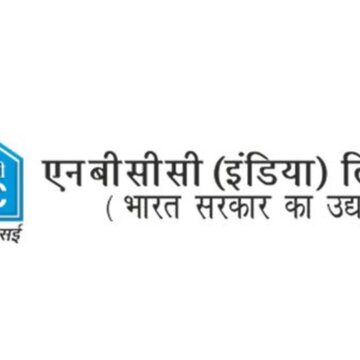Income Tax Department has increased the limits of monitoring by tracking unusual money movement between bank accounts using data linked to AIS and PAN numbers. If the figures don't match what the taxpayer files on file, even ordinary transactions may attract scrutiny.
Here are 10 activities that commonly attract attention:
Large cash deposits in a year - Bulk cash deposits, especially in a savings account that contradict the income details. Big numbers without any proper explanation may raise questions.
Heavy credit card bill payments - Paying large card bills without a clear source of funds is one of the quickest ways to land on the radar.
Frequent withdrawals of high-value cash - Consistent cash withdrawals out of pattern can also prompt follow-up.
Property deals - Buying or selling real estate automatically gets reflected in the bank accounts. Any mismatch with your declared income can become an instant red flag.
Dormant accounts turning suddenly active - A long-silent account showing sudden heavy activity usually triggers a closer look.
Foreign currency transfers - Outbound remittances and forex spend must align with your declared income profile.
Mismatch between bank credits and ITR - If the numbers in your AIS and your return don’t speak the same language, an inquiry is almost guaranteed.
Capital gains, dividends or market income not disclosed - Stock-related earnings are already reported to the department. Skipping them in returns only creates trouble.
Multiple bank accounts with missing interest income - Interest is taxable. Leaving it out, even due to oversight, will be seen as a discrepancy.
Large payments made on your behalf - If someone else is routing money through your account or clearing big expenses, you’re expected to explain the source.
What should taxpayers do now?
The experts advise reconciling AIS, bank statements and ITR data before filing returns. Maintaining clean records, declaring all income sources and avoiding unexplained cash activity will prevent notices and reduce compliance stress.











